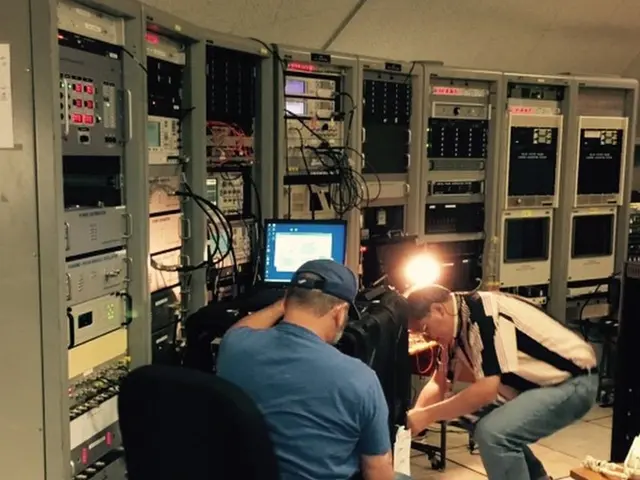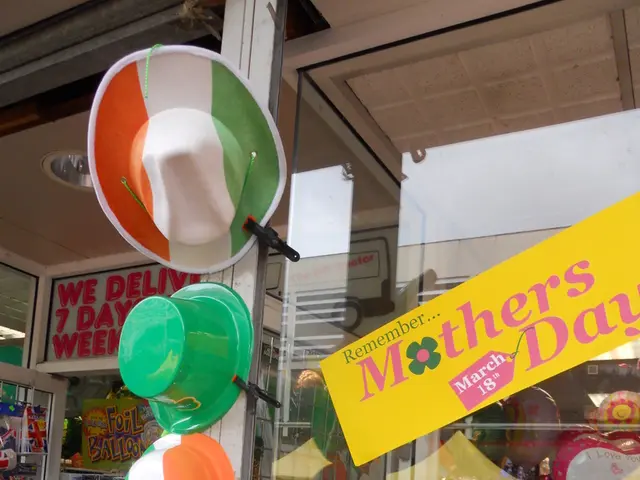Fashion Design Revolution: The Impact of Laser Cutting Technology!
Laser cutting technology is significantly reshaping the fashion industry, offering designers an unprecedented level of precision, creativity, and customization. Once limited to industrial manufacturing, laser cutters are now accessible and virtually indispensable for professionals and DIY creators alike.
This technological innovation revolutionizes the way fashion is envisioned, produced, and presented. With their ability to cut, etch, and engrave fabrics with remarkable accuracy, speed, and innovative designs, laser cutters are redefining the parameters of fashion production.
Understanding Laser Cutting in Fashion
Laser cutting is a precision technology that harnesses a focused laser beam to cut or engrave materials based on vector designs. For the fashion industry, it affords the chance to achieve clean, intricate cuts on fabrics such as leather, polyester, cotton, and even unconventional materials like neoprene or felt.
Unlike traditional methods like scissors or rotary cutters, lasers provide precise, repeatable cuts, making possible complex patterns that would be difficult, if not impossible, to achieve manually. The process begins with a digital design file, usually in formats like SVG or DXF, which the laser cutter interprets to direct its beam along the desired path. As the laser melts or vaporizes the fabric in a controlled manner, it leaves sealed edges that reduce fraying, especially valuable when working with synthetic materials.
Why Designers Welcome Laser Cutters
Precision & Consistency
Laser cutting provides millimeter-level accuracy, ensuring each cut is identical whether producing one piece or one thousand. This level of precision is essential in high-end fashion where detail and symmetry matter.
Efficiency
Manual cutting is labor-intensive and prone to human error. In contrast, laser cutting can significantly reduce production time and material waste, freeing up time for more design iteration and experimentation.
Customization
Short-run production and personalization are thriving trends. Laser cutters make it simple to switch from one design to another without retooling, enabling custom fashion that remains viable even for small brands or solo designers.
Innovation
Laser cutting encourages experimentation with layering, negative space, texturing, and cut-out designs, pushing creative boundaries in ways few other tools can.
Practical Applications of Laser Cutting in Fashion
From high fashion to streetwear, accessories, footwear, and functional wear, laser cutting is impacting all sectors of the fashion industry. Designers like Iris van Herpen have pioneered its use for futuristic, architectural garments. Streetwear benefits from precise cut-outs and unique finishes, while accessories such as laser-cut leather bags, belts, and jewelry components allow for detailed design and low-volume production.
Brands are employing lasers to perforate materials for both design and functionality in footwear, and sportswear and wearable tech profit from laser cutting's accuracy and ability to integrate non-traditional materials.
The Right Materials for Laser Cutting in Fashion
Different fabrics respond differently to laser cutting. Cotton cuts cleanly but may show slight browning on the edges, while polyester melts and seals edges, making it ideal for fray-free cuts. Leather and faux leather produce crisp, clean cuts, though ventilation is important to manage fumes. Felt is easy to cut with minimal burning, while mesh and neoprene are suitable for layering and texture effects.
Testing each material benefits velocity and accuracy, allowing for optimized power and speed settings, opening up design possibilities.
Making a Start with Laser Cutting
For those just starting with laser cutting, there's no need for a large upfront investment. Small-scale projects and inexpensive materials allow beginners to familiarize themselves with the process before diving into larger, more complex projects.
When it's time to invest in a workspace, a CO2 laser cutter is ideal for organic and synthetic fabrics, such as OMTech laser cutters, favored by many small studios and independent designers for their precision, ease of use, and versatility. Additionally, learning design software like CorelDRAW or LightBurn and preparing vector files (SVG, DXF) are crucial for using a laser cutter effectively.
Always work in a well-ventilated area and test each material before full-scale production for optimal results.
Tips for Designers New to Laser Cutting
Here are five practical tips for newcomers to laser cutting:
- Begin with small projects and keep them simple: Starting with small-scale designs like keychains, earrings, or coaster prototypes enables a gradual learning process without squandering materials or time.
- Test materials: Different materials respond in their unique ways to laser cutting; for example, felt may cut cleanly while denim may char at the edges. Running a few test cuts helps ensure a crisp, clean result.
- Master design software: Being proficient with vector software like LightBurn allows for better control of every design detail, from adjusting curves and paths to nesting multiple pieces efficiently.
- Utilize available resources: Before investing in a laser cutter, explore local makerspaces for laser cutting accessibility, or online platforms that deliver precision-cut parts based on uploaded designs.
- Design with modularity in mind: By designing parts that snap together, layer, or interlock, you can simplify the production process and open up more creative possibilities.
Shaping Tomorrow's Fashion with Laser Technology
Laser cutting is more than a trend; it's part of a broader shift toward digital fashion production. Through its combination with AI, 3D modeling, and sustainable materials, laser technology enables waste reduction, rapid prototyping, and mass customization at low cost. More affordable desktop models are also making this technology accessible to freelancers and students, fostering a new wave of fashion entrepreneurship.
In conclusion, laser cutting is revolutionizing the way designers bring their ideas to life. It empowers creators to produce more intricate, sustainable, and customizable fashion designs, faster than ever before. Whether a seasoned designer or just getting started, integrating laser cutting into your workflow can unlock new creative potential.
- The fashion industry can integrate laser technology not only in clothing but also in home decor, as lacquer, wood, and even glass can be laser cut for unique, personalized home-and-garden pieces.
- In the realm of education-and-self-development, laser cutting can be a valuable tool for embracing technology and fostering creativity. Students and enthusiasts can use laser cutters to create custom jewelry, DIY electronics projects, or even design their own project kits for others to learn from, thereby encouraging STEAM education and hands-on learning experiences.








